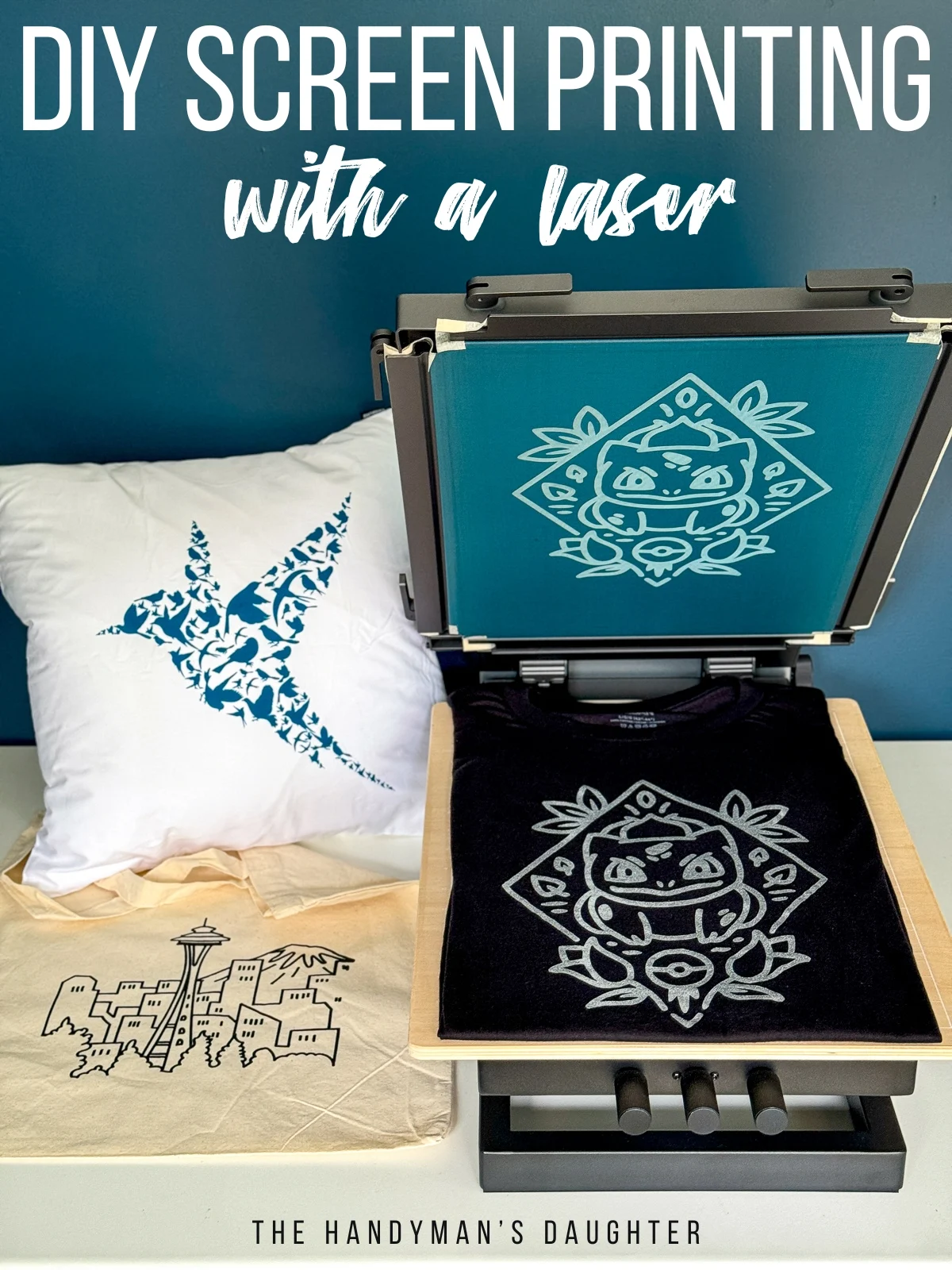The Essential Overview to Comprehending Screen Printing and Its Versatile Utilizes
Screen printing has a rich background that dates back to old times, advancing right into an advanced strategy utilized across numerous markets today. This guide checks out the intricacies of the screen printing procedure, describing its applications in marketing, home, and fashion style - 10:9 Design Texas. Recognizing these principles can open up innovative possibility for both imaginative and commercial jobs. The complying with sections will reveal necessary suggestions and methods to enhance one's screen printing ventures
The Background of Screen Printing
Although screen printing has roots that map back centuries, its evolution shows the technical and imaginative developments of different cultures. Coming from old China, the strategy was initially utilized for embellishing fabrics and later infect Japan, where it came to be indispensable to Ukiyo-e woodblock printing. The approach shifted to Europe in the 18th century, where it gained popularity among artisans and commercial printers. The innovation of picture emulsion in the 20th century transformed screen printing, enabling for even more complex styles and higher effectiveness. Artists like Andy Warhol further moved its popularity, utilizing the medium to create iconic jobs that combined commercialism and art. By the late 20th century, screen printing had actually established itself as a flexible strategy, used in vogue, marketing, and fine art. Today, it continues to evolve, incorporating electronic innovation and expanding its applications throughout numerous sectors.
The Screen Printing Refine Explained
Screen printing transforms artistic visions right into substantial designs with a series of accurate actions. A picture is created and after that moved onto a screen, generally made of great mesh material extended over a framework. A light-sensitive emulsion is related to the screen, which is subjected to light, setting in areas not covered by the photo. After rinsing the unhardened emulsion, a stencil is formed.
Next off, the screen is placed over the substratum, whether it be fabric, paper, or an additional material. Ink is after that pushed via the open locations of the pattern using a squeegee, depositing the design onto the substratum listed below. This process can be duplicated for multiple shades, calling for separate displays for each shade. The published item is cured utilizing warmth to guarantee the ink adheres correctly, resulting in a durable, dynamic layout all set for use.
Kinds Of Screen Printing Techniques

Additionally, specialized methods, such as discharge screen printing, get rid of dye from the fabric to develop softer prints, while foil screen printing uses metallic aluminum foil to achieve a glossy finish (10:9 Design contact). Each method offers unique attributes, satisfying numerous creative demands and production ranges, ultimately broadening the possibilities within the screen printing domain
Applications of Screen Printing in Numerous Industries

Furthermore, the signs and advertising and marketing industries make use of screen printing for developing appealing display screens and banners. This technique permits vibrant shades and detailed designs that catch focus. In electronics, screen printing is employed for using conductive inks to motherboard, important for element links. The home decoration market accepts screen printing to generate distinct layouts on textiles and wall art. Generally, screen printing offers as an important device throughout varied fields, boosting products with Check This Out customized and visually enticing graphics.
Tips for Effective Screen Printing Projects
While undertaking a screen printing project, careful attention to detail can considerably enhance the final result. Choosing top quality materials is important; this includes the screen, inks, and substratums. Making use of proper mesh matters can impact ink deposition and information resolution. Preparation is equally essential; comprehensive cleaning of displays and correct direct exposure times ensure crisp prints.
Next, accurate registration is crucial for multi-color prints. Utilizing placement devices can assist achieve specific layering. In addition, screening prints on scrap materials before manufacturing helps identify possible problems without wasting sources.

Regularly Asked Concerns
What Materials Are Finest for Screen Printing on Material?
Cotton and polyester blends are optimal for screen printing on material because of their resilience and ink absorption. Furthermore, specialty materials like silk or canvas can produce distinct textures and finishes, boosting the total design quality.
Just how Do I Tidy and Maintain Screen Printing Devices?
To clean up and maintain screen printing devices, one ought to frequently wash screens with ideal solvents, evaluate squeegees for wear, lubricate relocating components, and store all things in a completely dry, dust-free environment to lengthen their life expectancy.
What Are the Environmental Impacts of Screen Printing?
Screen printing can have substantial environmental effects, consisting of chemical waste from inks and solvents, water use during cleansing processes, and power usage. Environmentally friendly materials and lasting practices are crucial for lessening these negative results.
Can Screen Printing Be Done at Home Effectively?
Screen printing can be efficiently done at home with the right materials and strategies. Hobbyists can develop high quality prints, though success depends on their ability degree, equipment, and understanding of the process entailed.
What Are the Costs Connected With Starting a Screen Printing Organization?

Starting a screen printing business entails costs for devices, products, and work area. review Initial expenditures normally range from a couple of hundred to several thousand dollars, relying on the range, top quality of machinery, and desired production capability.
Screen printing has an abundant background that dates back to old times, advancing right into a sophisticated method utilized across different markets today. An additional strategy, rotating screen printing, uses round screens, promoting continual printing on textile rolls, thereby enhancing efficiency for large-scale productions. Additionally, specialized techniques, such as discharge screen printing, remove dye from the material to produce softer prints, while foil screen printing applies metallic foil to achieve a glossy coating. In the style market, screen printing is commonly utilized to create vibrant designs on garments, allowing brands to display their distinct styles. Cotton and polyester blends are perfect for screen printing on fabric due to their durability and ink absorption.